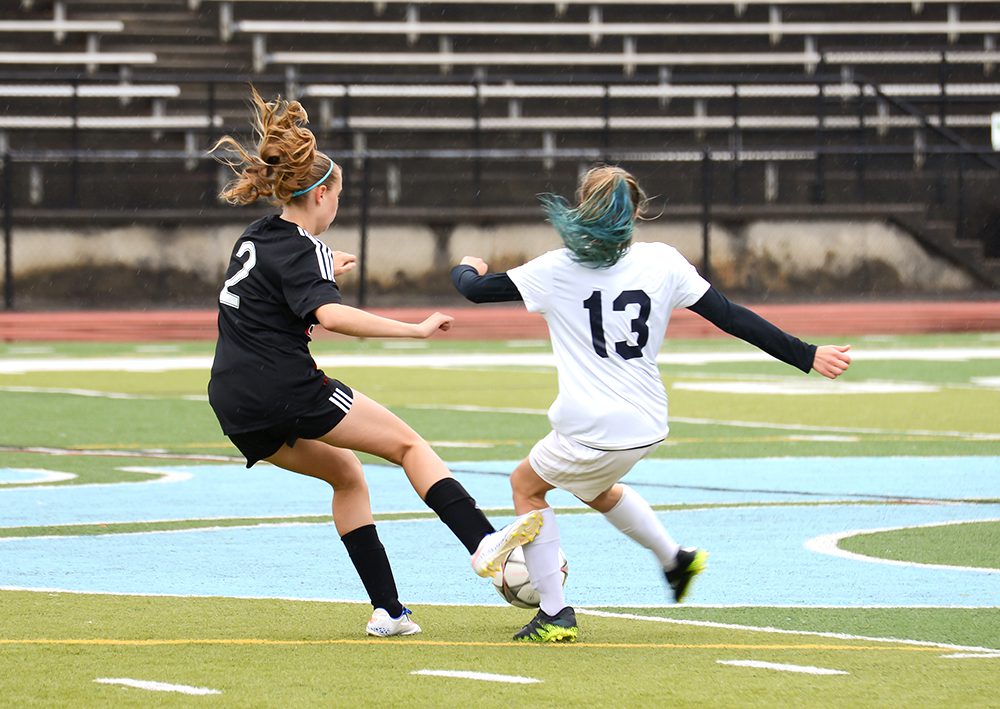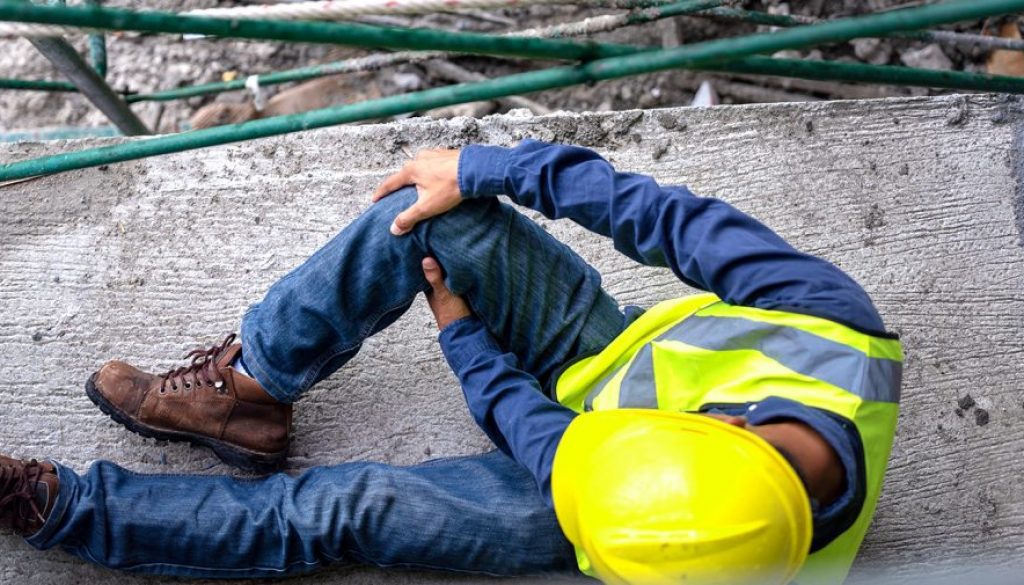Breaking Down ACL Injuries
The knee is one of the most complex joints in the human body and also one of the most vital for movement. The stresses of daily activities like walking, running, and bending, make it vulnerable. One of the most feared sports and work-related injuries is an ACL (anterior cruciate ligament) tear, which can be very debilitating and derail your life for several months. Dr. Donovan Johnson with CMC Orthopaedics is breaking down how these injuries occur and signs that you may have a torn ACL.
We’re Here for You!
A Better Life is a Click Away.
Blowing out your knee
The ACL is one of the largest ligaments in the knee and has an essential role in stabilizing the joint. “ It’s one of four fibers that hold your knee together,” says Dr. Johnson. “Your ACL is inside the knee and is the ligament that keeps the shin bone from shifting too far forward. If it tears, you’ll become unstable pretty quickly, and your knee may buckle or possibly give out entirely. Most people know when it happens.”
So how do you tear an ACL? The ligament can be injured if your knee joint is twisted, bent backward, or side to side. If any of these movements occur at the same time, you are at greater risk of tearing your ACL.
“Pivoting and twisting combined with a bend in the knee is the most common way these tears occur,” Dr. Johnson explains. “There are multiple ways for this to happen. If you are hit with great force while your foot is firmly planted or when you are slowing down when running. A golfer might do this swinging their club while on an uneven surface or when walking down into a bunker. This can even happen by just changing directions quickly or jumping down off of something or slipping and falling.”

How do I know if I have an ACL tear?
If you’ve injured your ACL, Dr. Johnson said there are some very distinct signs and symptoms you’ll experience.
The telltale “pop” Hearing a “pop” in your knee at the time the accident occurs, could indicate a tear of the ACL. This may be closely followed by a shift in the joint.
Pain An ACL tear is painful and the level of that pain can depend on the severity of the injury. When you stand up that pain you are experiencing will worsen.
Swelling Your knee will swell almost immediately and might become red and warm due to the rupture of blood vessels from the tear.
Instability When your ACL tears the knee becomes unstable and can cause it to buckle.
Difficulty walking It can be difficult to walk due to the instability of the joint and also because of the restrictions caused by swelling.
The symptoms you experience will depend on the severity of your injury and so will your treatment plan. Small tears may be treated without surgery with a combination of physical therapy, rest, compression, icing, and elevating the leg. For athletes or those with more extensive tears, surgery may be needed.
In the game of life, CMC Orthopaedics is for you
Sometimes no matter how careful you are on the playing field or in your daily activities, mishaps can occur leading to an unfortunate injury. If you suspect that you may have an ACL injury, Dr. Donovan Johnson and the orthopedic professionals at CMC Orthopaedics have the experience and fellowship training to diagnose and properly treat you. Although it’s true that an ACL tear can take you out of the game for a while, our physicians will be by your side every step of the way following a treatment plan created just for you.
To set an appointment with Dr. Donovan Johnson or one of our other orthopedic specialists, call 843-347-8041 or request an appointment today!






